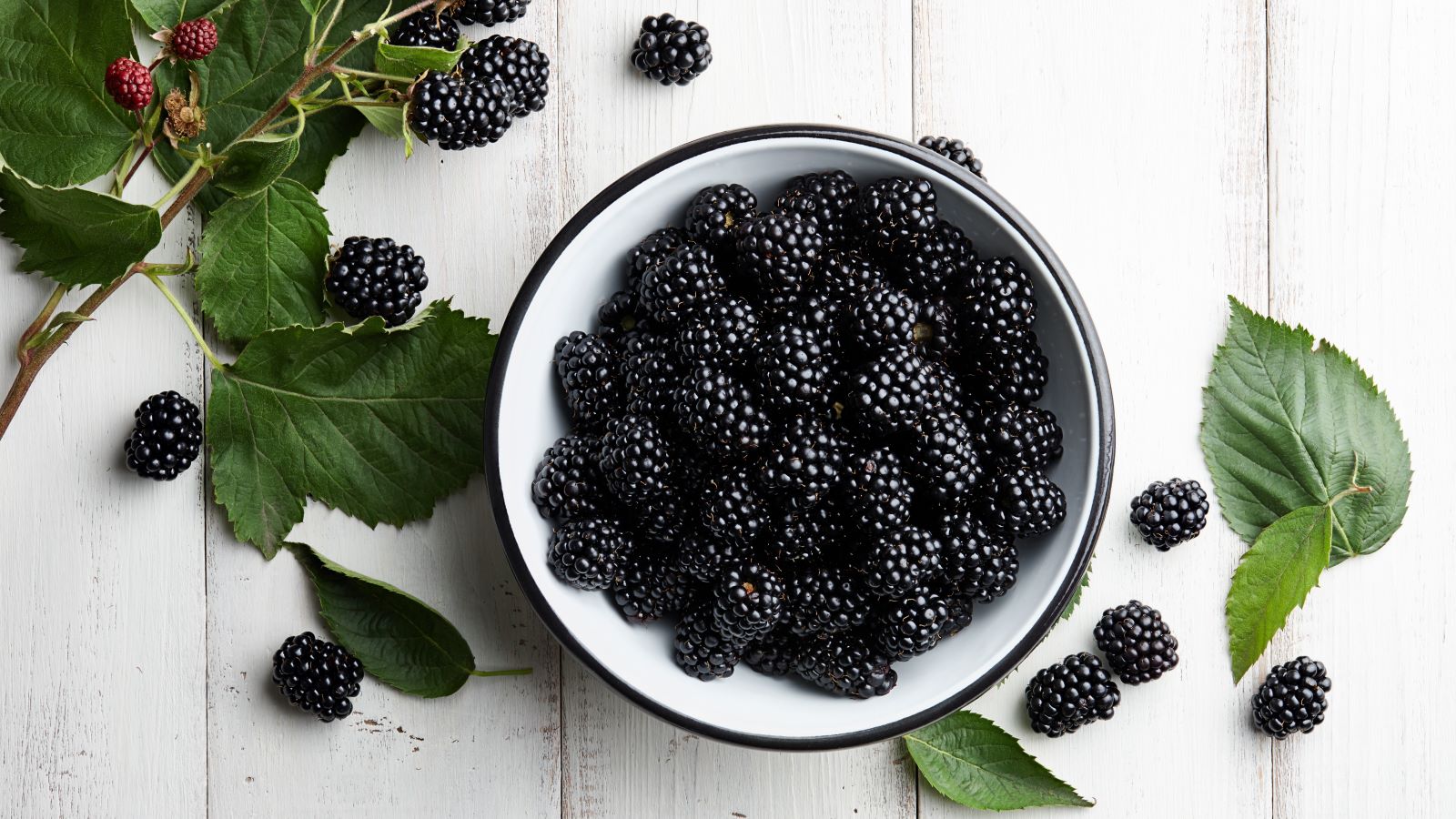<< Back
Best Foods for Heart Health

February 26, 2024
As the saying goes, the heart wants what the heart wants. But when it comes to the best foods for heart health, it’s up to you to steer it in the right direction.
We asked registered dietitian Jamie Allers, MS, from Hartford HealthCare’s Digestive Health Institute, to share her top foods for heart health (plus what to avoid).
1. Fruit and vegetables – the brighter the better.
Yet again, fruits and vegetables take a victory lap.
What makes them specifically good for your heart? Fruits and veggies are rich in:
- Antioxidants, which can be anti-inflammatory — a key to heart health.
- Minerals and vitamins that support healthy blood pressure, like magnesium, potassium and B vitamins.
Not sure which ones to pick? Use these shortcuts next time you’re in the produce section:
- Look for deep hues, like blackberries and kale. “The fruits and vegetables that are the brightest and deepest colors tend to have higher content of antioxidants and certain vitamins,” says Allers.
- For easier storage (and often, lower cost), try frozen. “Frozen fruits and veggies have the same nutrients as fresh,” says Allers. “Canned can be fine too, just look at the salt content.”
> Related: 6 Low Carb Vegetables to Add to Your Diet
2. Other plant foods like nuts, seeds and whole grains.
Why? Besides vitamins, minerals and omega-3s, plant-based foods are a great source of:
- Fiber, which helps your body process cholesterol. “Fiber helps you maintain a more healthful cholesterol balance,” says Allers.
- Omega-3 fatty acids, which prevent arterial plaque along with other cardiovascular benefits. Nuts and seeds like flaxseed, chia seeds, and walnuts are renowned sources. “Walnuts are a big one,” says Allers. “Compared to other nuts, walnuts have a higher amount of omega-3s per serving.”
If you need some easy ways to add these to your diet, try:
- Choosing whole grains over refined grains. Whole grains more closely resemble how nature made them, and as a result, naturally have more of the above benefits. “For example, choose a brown rice instead of white rice,” suggests Allers.
- Using herbs, spices and citrus for flavor instead of salt. This brings more plant foods into your kitchen, and even more importantly, helps you cut back on sodium — crucial for healthy blood pressure. Just beware of premade mixes: “Spice and seasoning mixes often have salt or sugars added,” says Allers. “Check the labels and be conscious of what you’re buying.”
3. Lean proteins, like fish and chicken.
Protein is a vital source of energy for your heart, so you need plenty of it. But fatty meats, like beef, pork and lamb, can contribute to heart disease. The answer? Lean proteins, like fish and chicken.
The benefits of lean proteins are that they:
- Contain omega-3s, vitamins and minerals, which help protect your heart.
- Can lower cholesterol, lower blood pressure and help you maintain a healthy weight when compared to other high fat proteins.
A few of Allers’ tips for lean protein include:
- Try sardines. They’re relatively cheap, keep in your pantry and contain less mercury than larger fish. “Sardines with bones are also a good source of calcium, which is important for blood pressure regulation,” says Allers.
- Choose lean proteins in their least-processed state. For example, instead of a box of frozen chicken nuggets, buy raw chicken breast to grill yourself.
4. And the number one rule for better heart health: Avoid processed foods!
Processed foods usually lack the nutrients your heart needs most. Worse, they tend to be loaded with trans fats and salt, two of the biggest no-nos for heart health.
“One of the best things you can do for your heart is just a general diet that contains less processed food,” says Allers.
Processed foods show up in every corner of the grocery store, from the snack aisle (chips and pretzels) to commercially prepared baked goods (packaged cookies) to the freezer section (fried foods and microwave meals). The ingredients list is a telltale sign. Ideally, it should contain just one or two items.
“Typically, the more processed the food, the more added ingredients,” Allers says. When that’s the case, review the tips above and point your grocery cart in a healthier direction.
The produce section beckons.